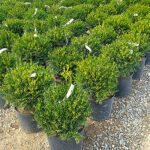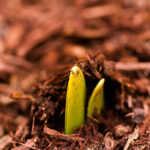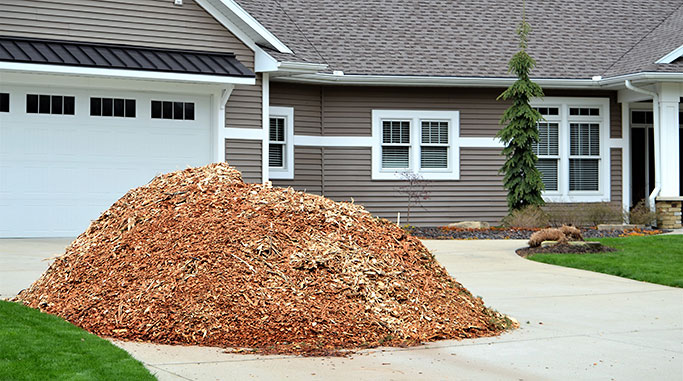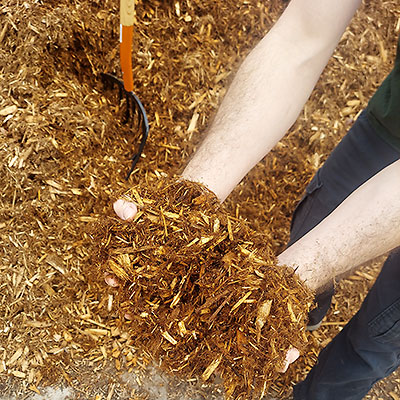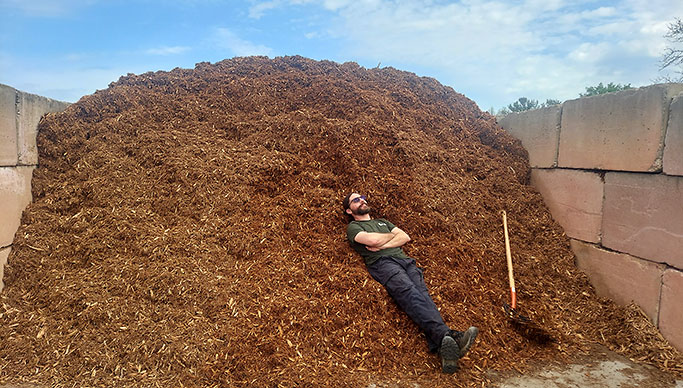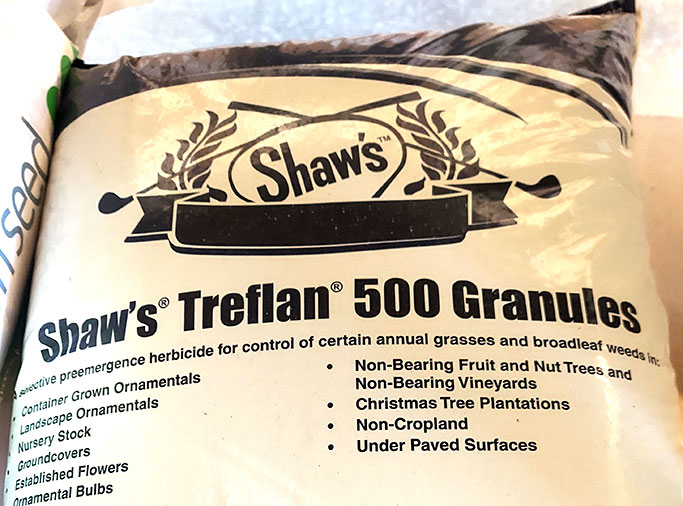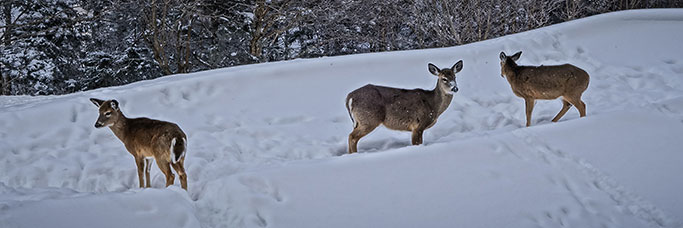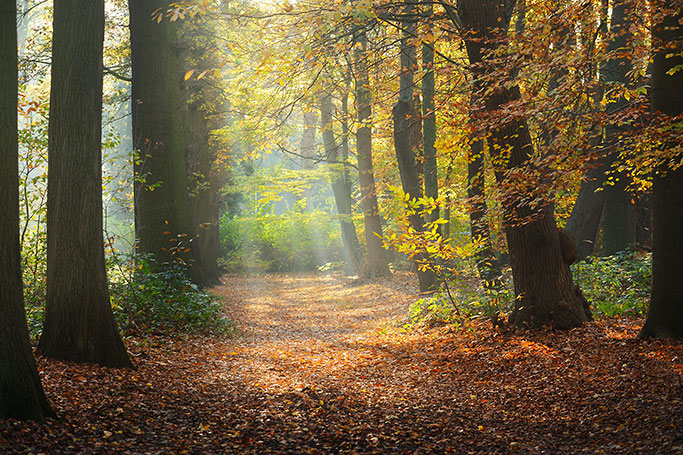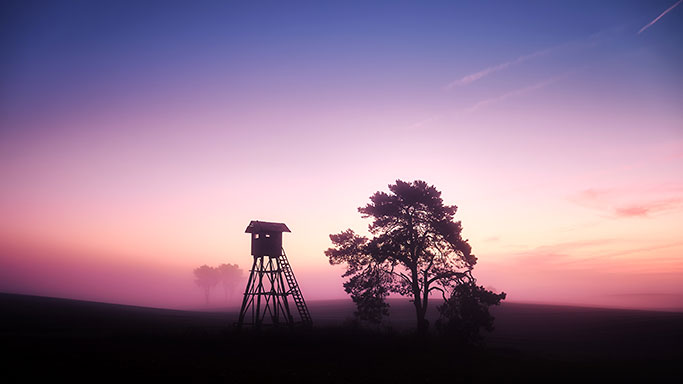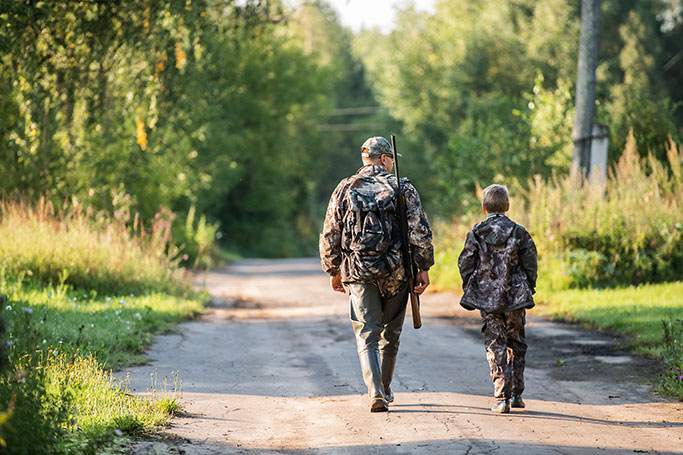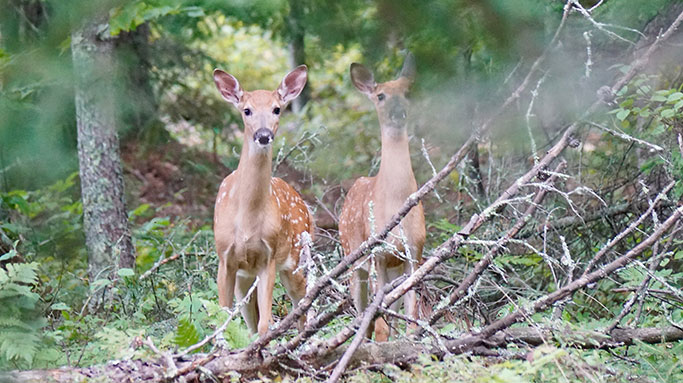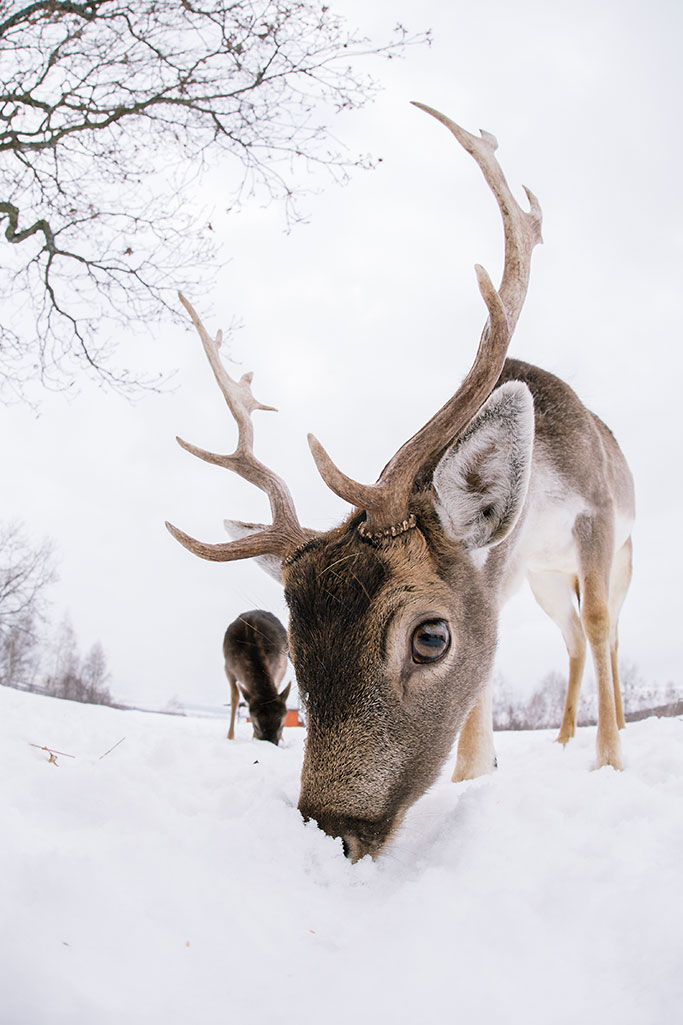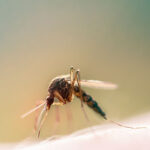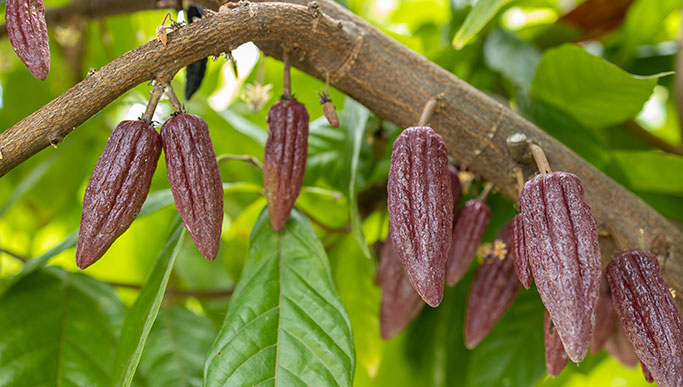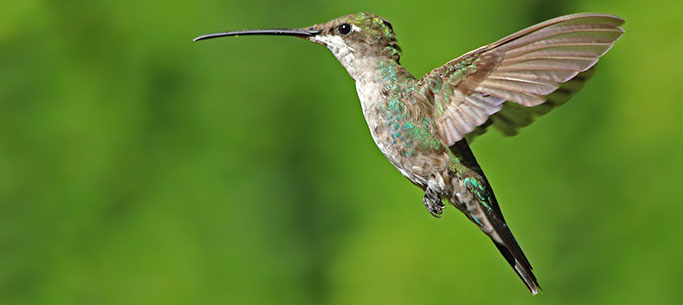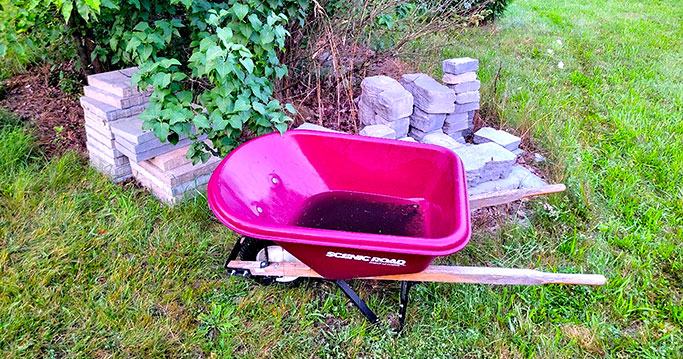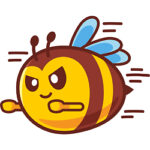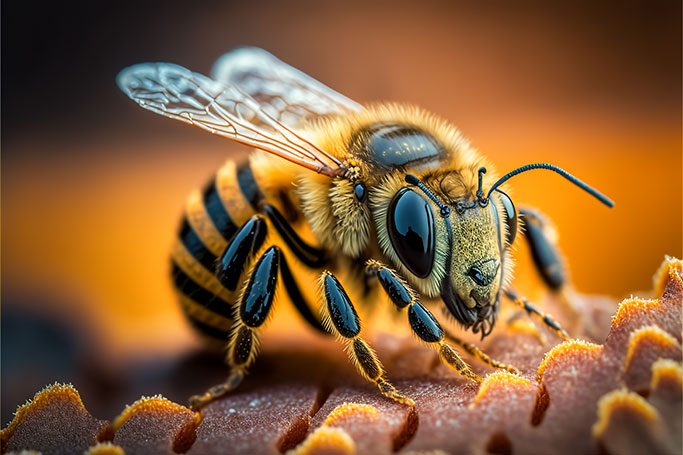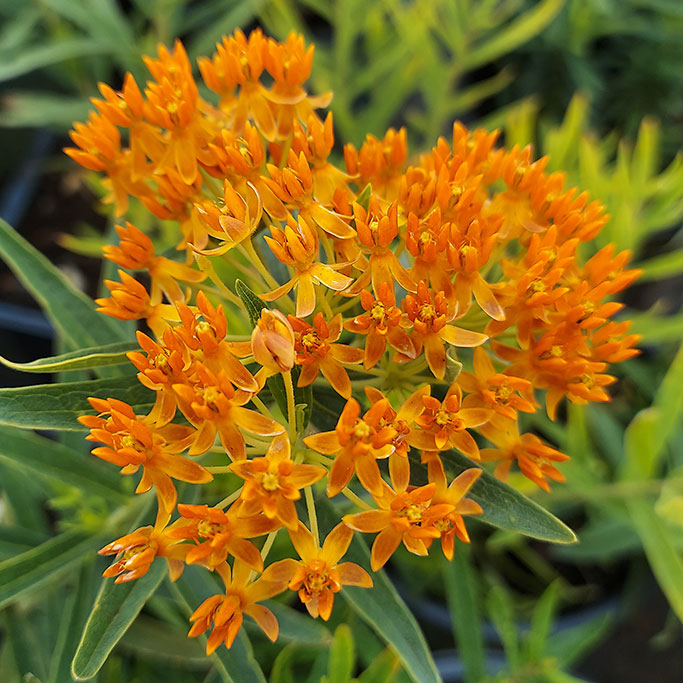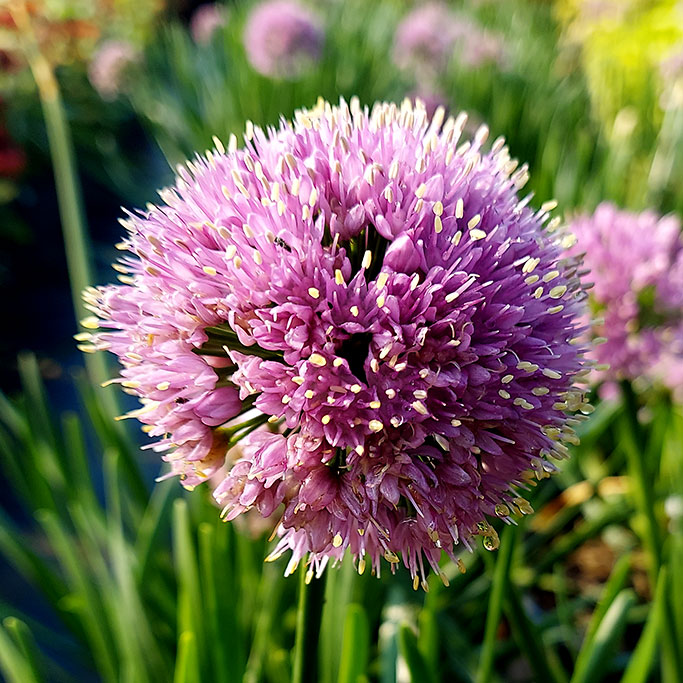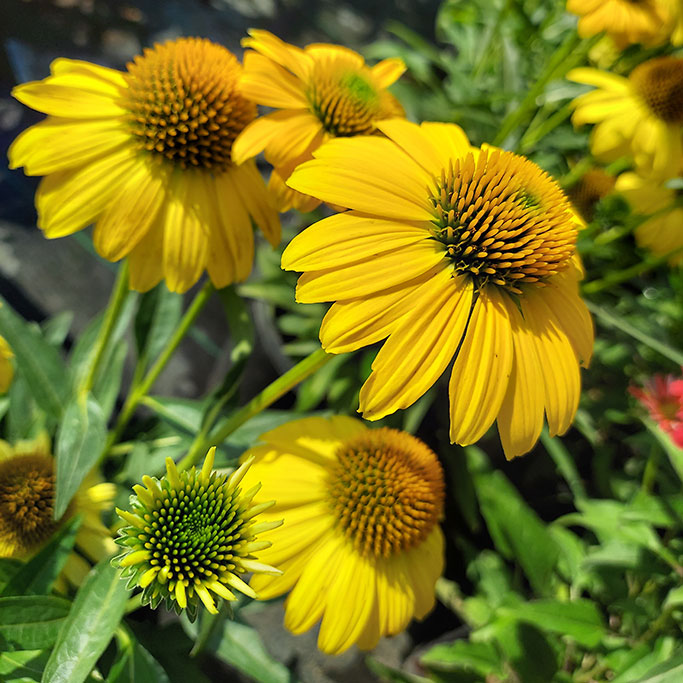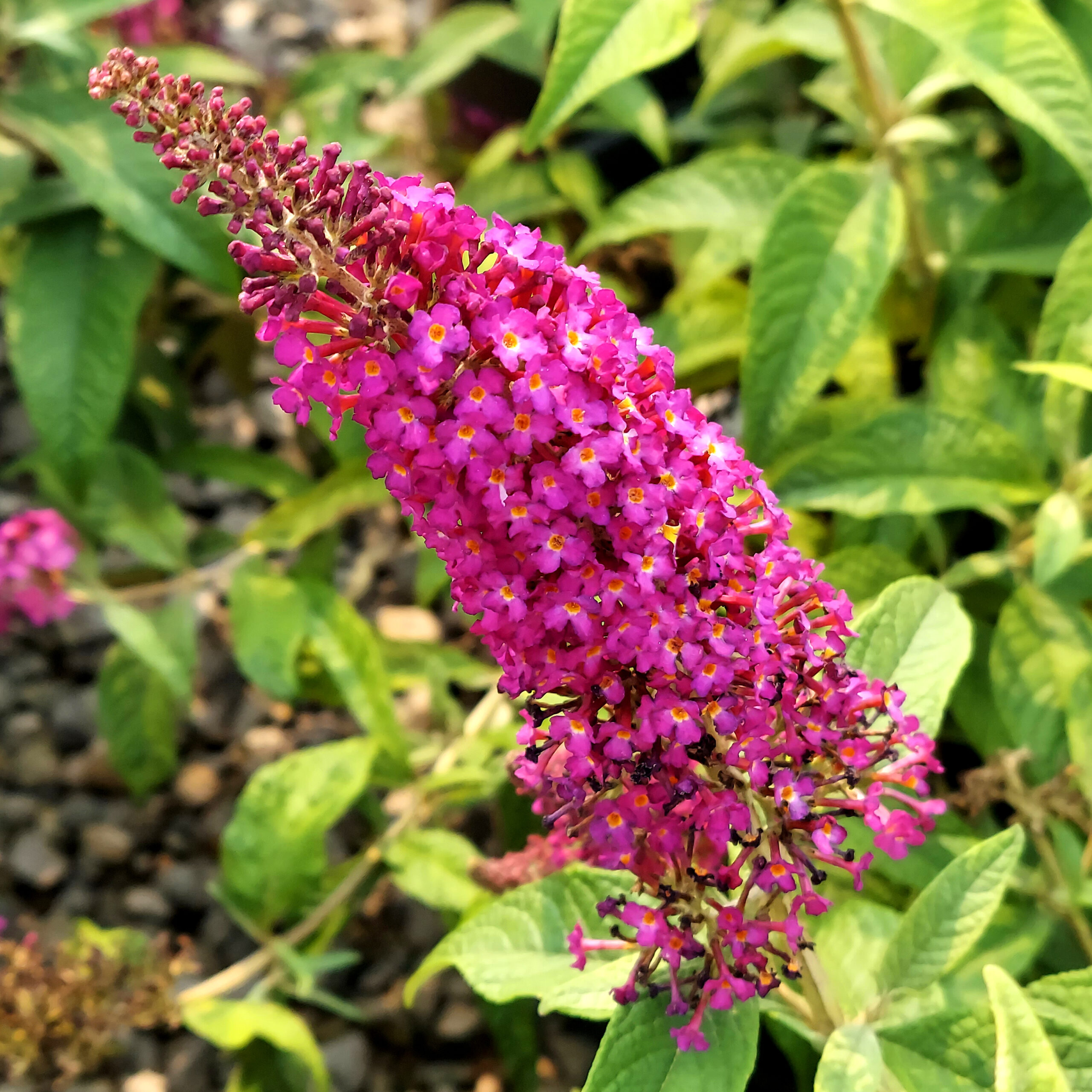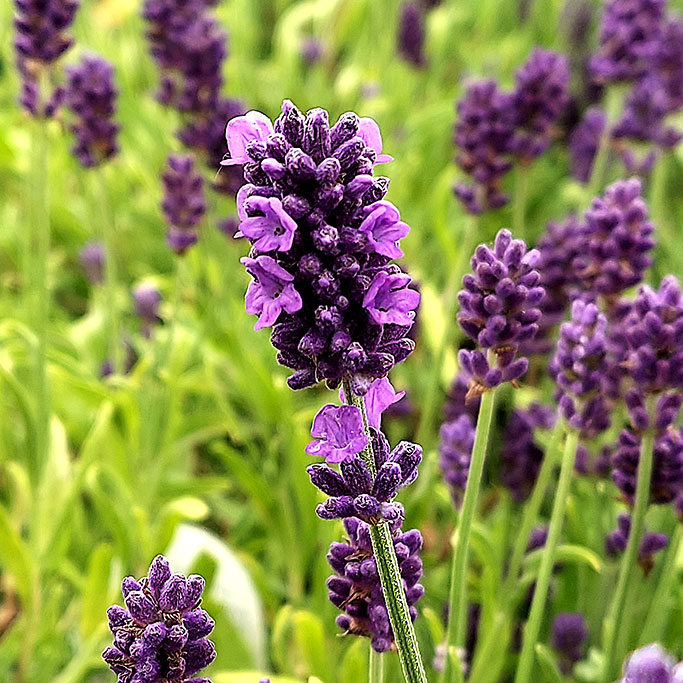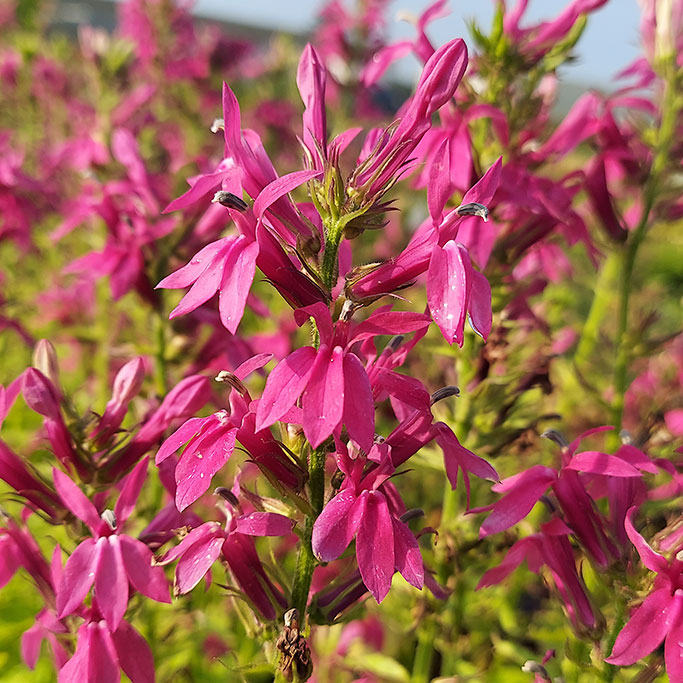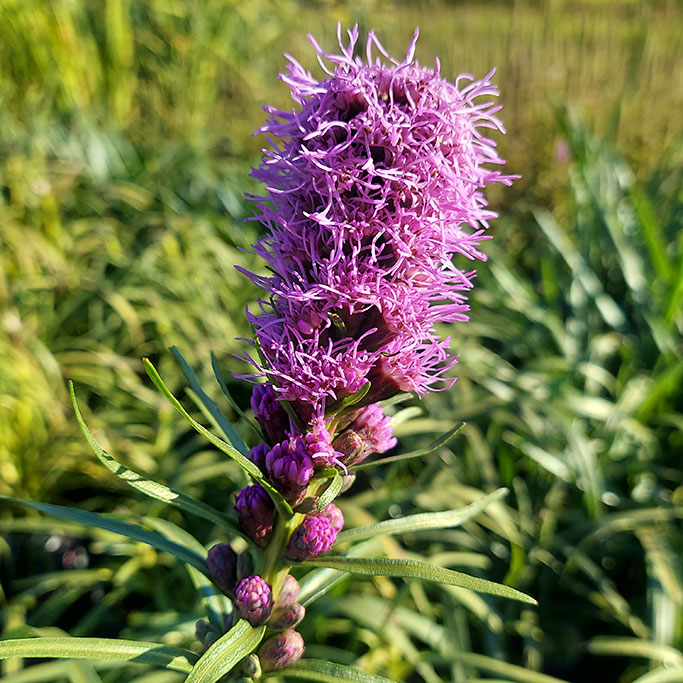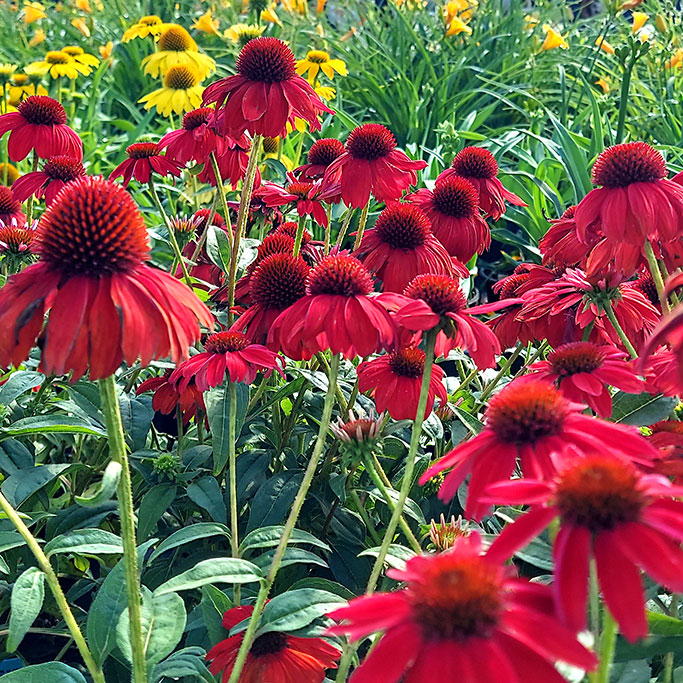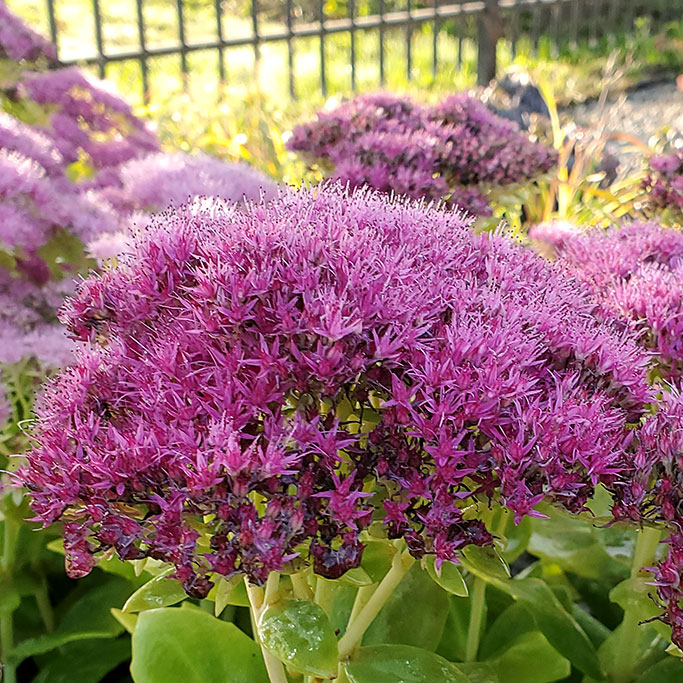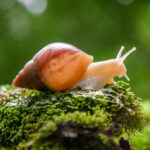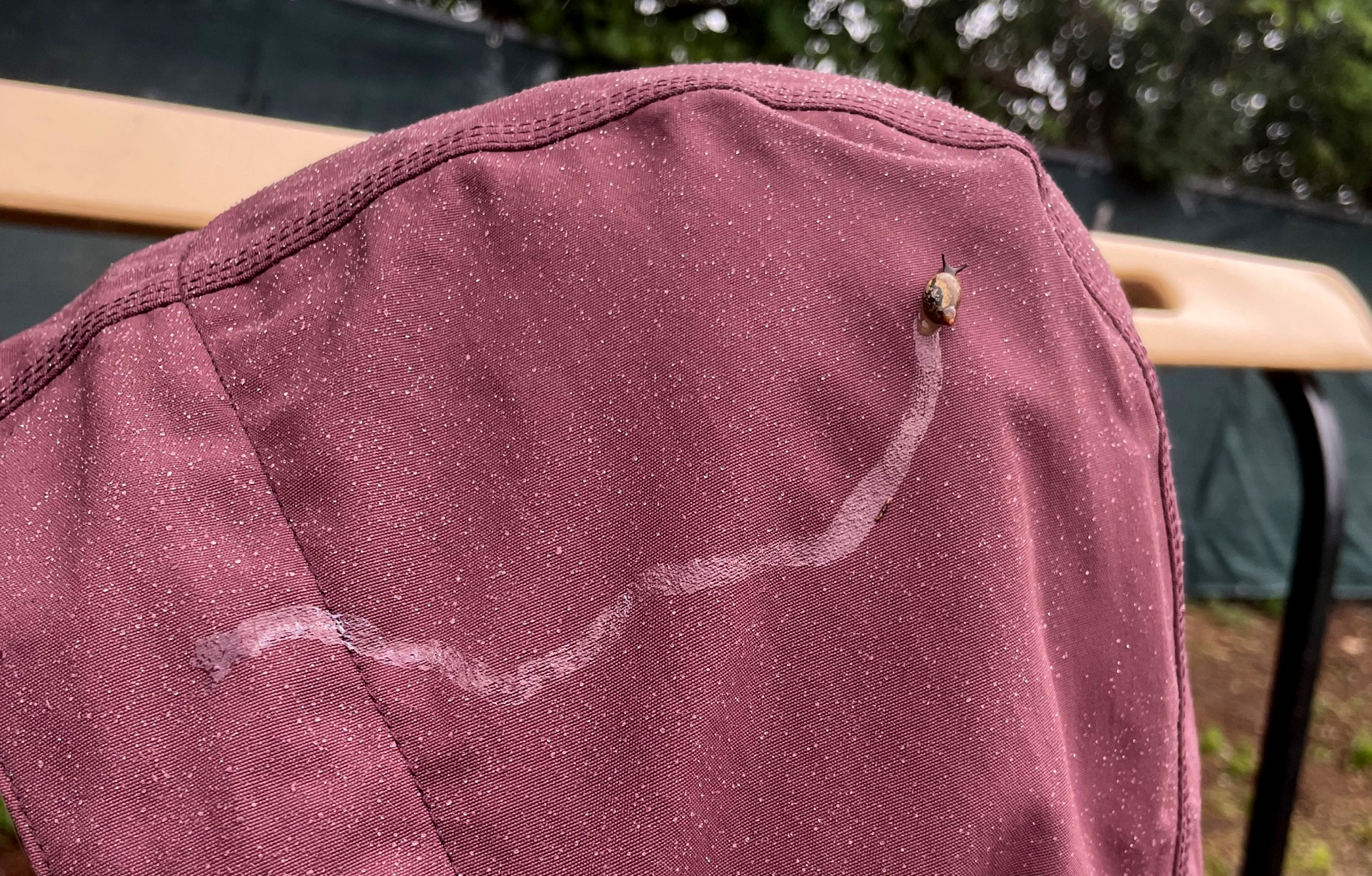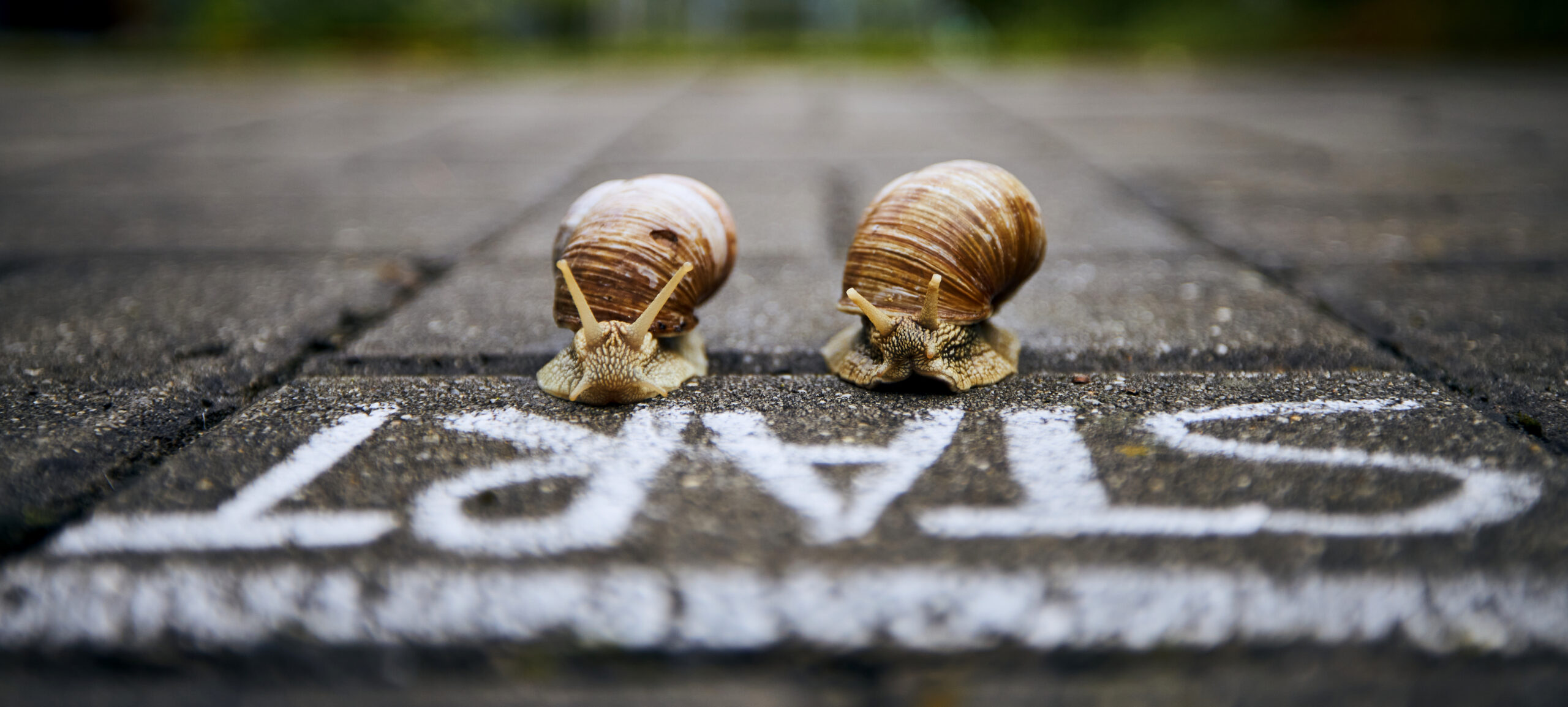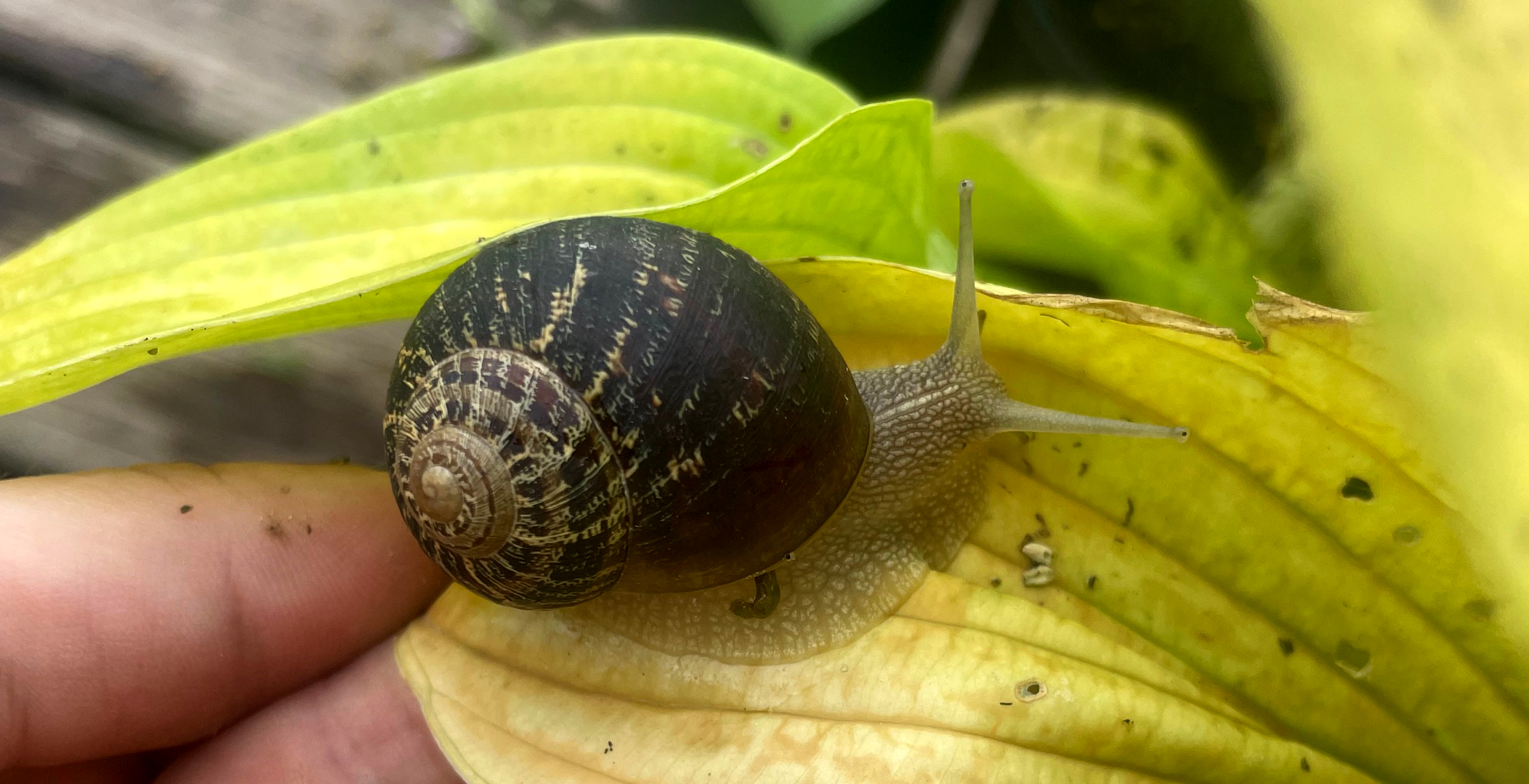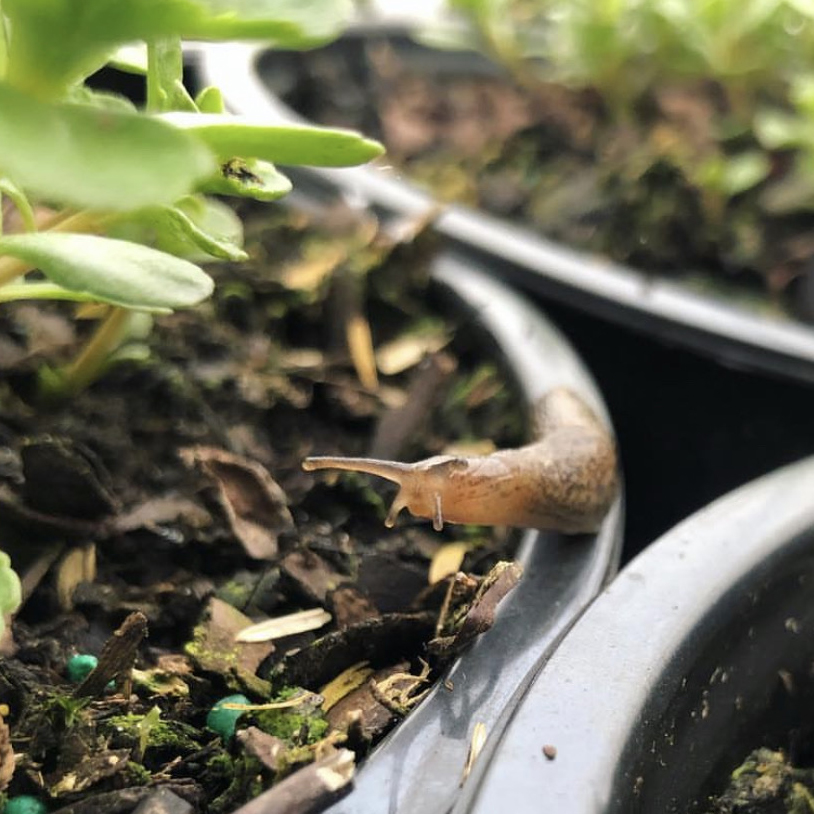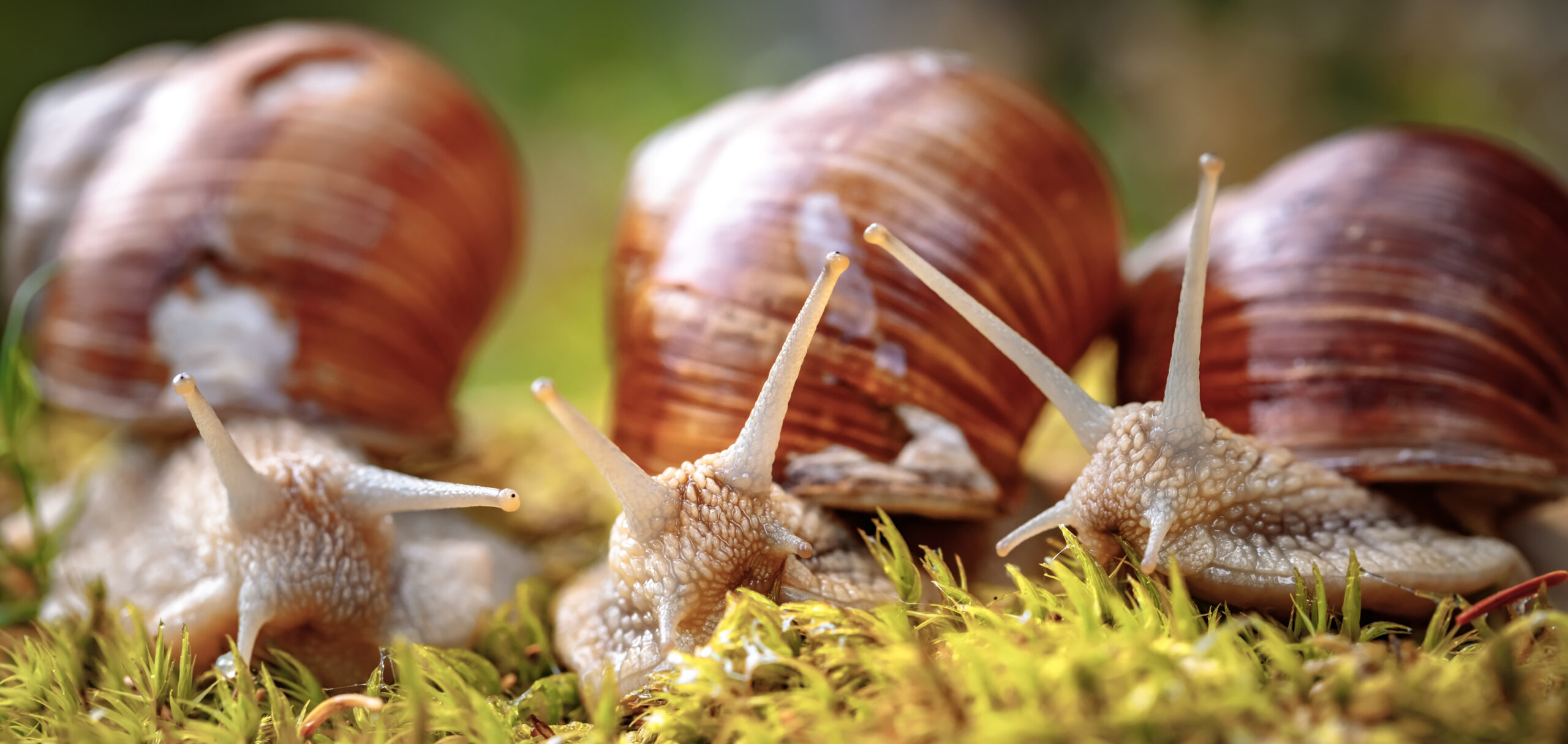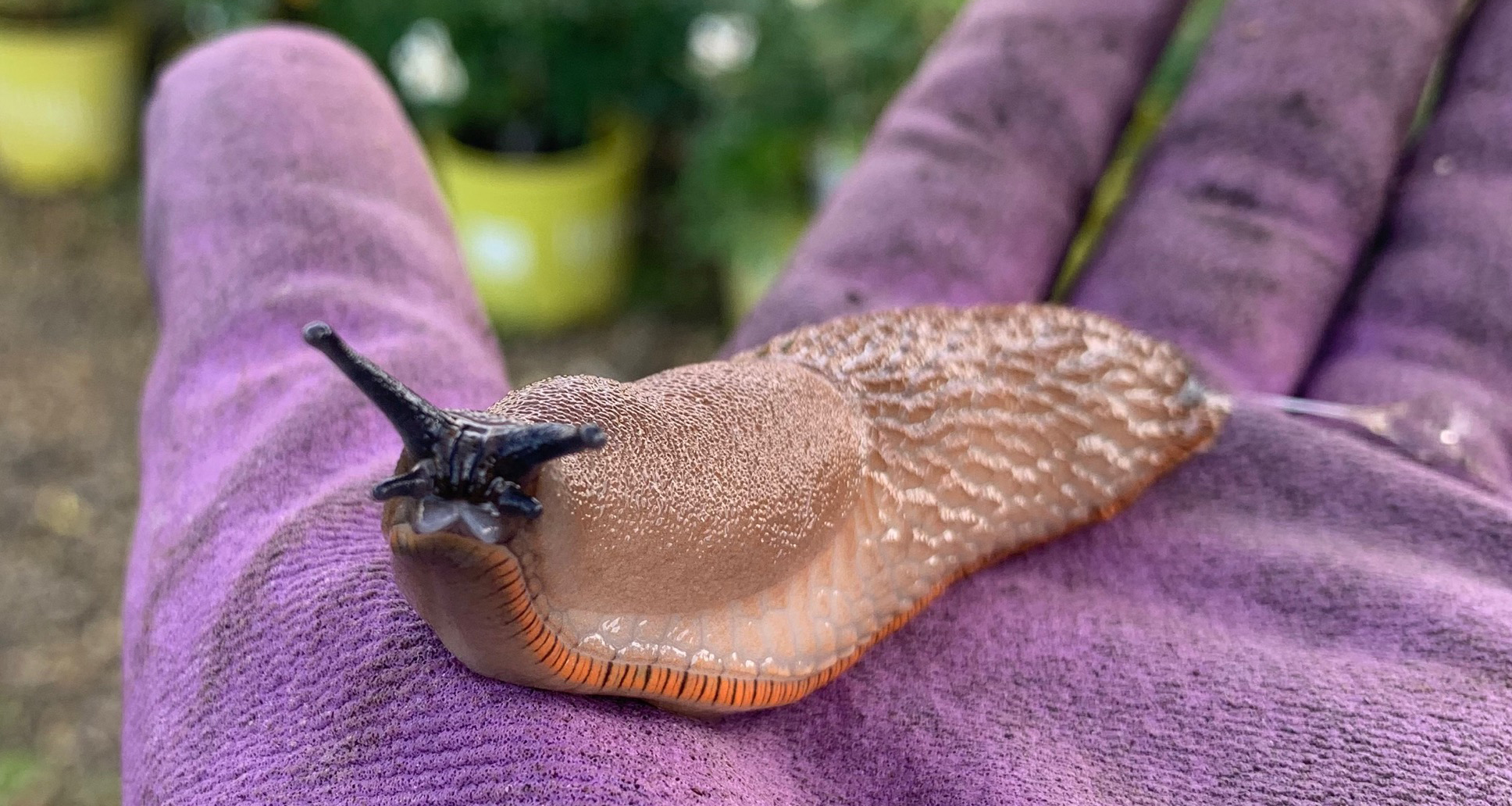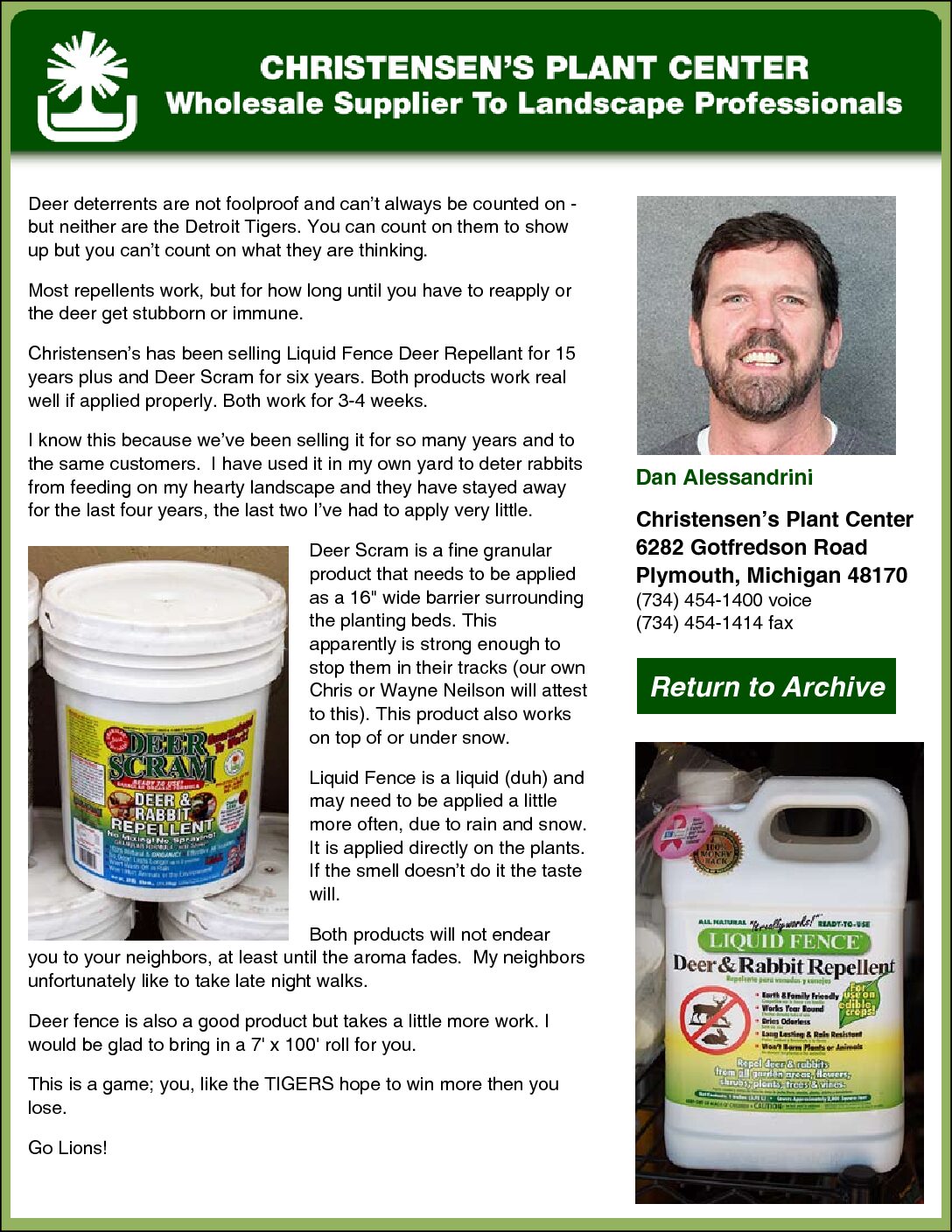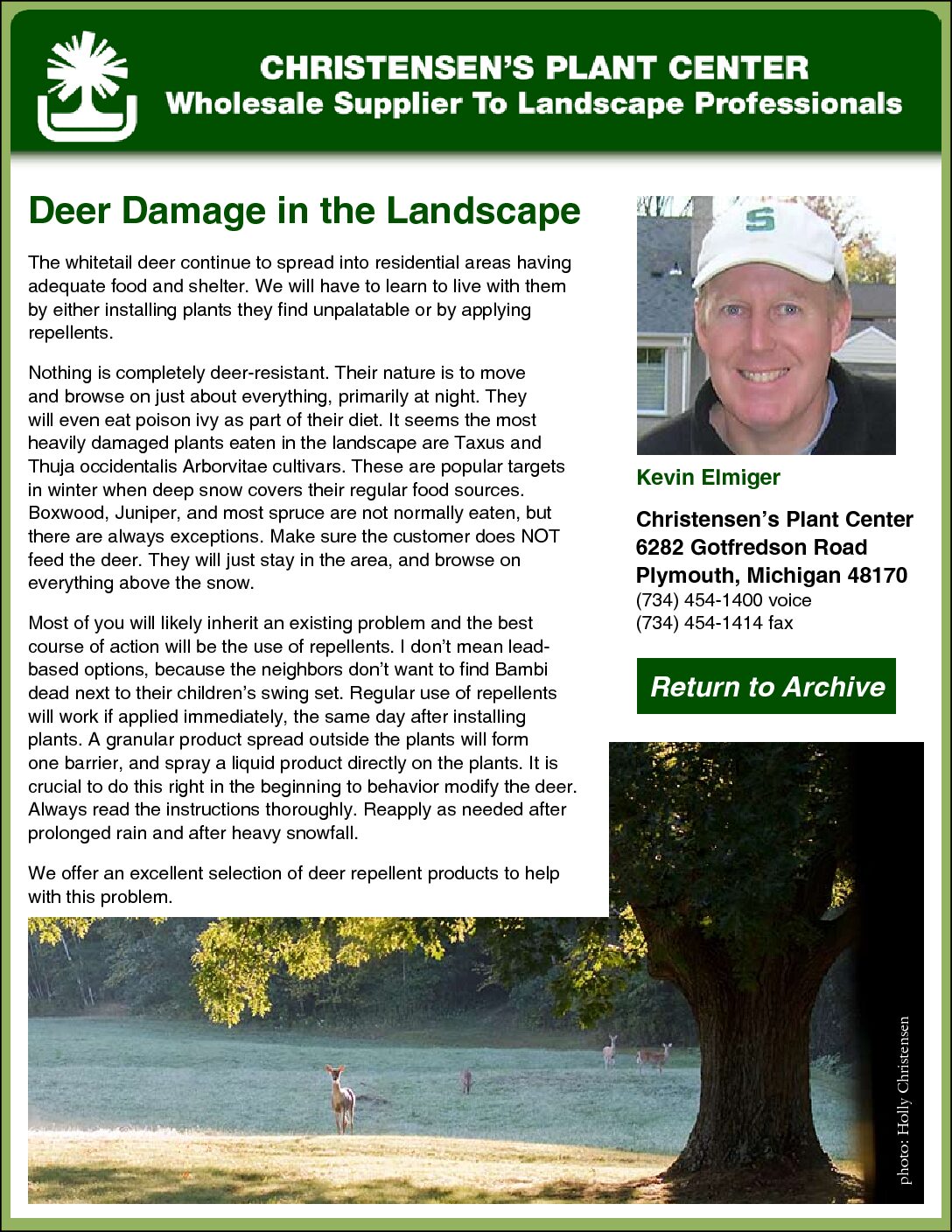As we enter our second season under the box tree moth quarantine, it’s time for an update on the restrictions. The short version is this…
The majority of our customer base CAN once again PURCHASE Boxwood from Christensen’s Plant Center.
If you need more details, keep reading…
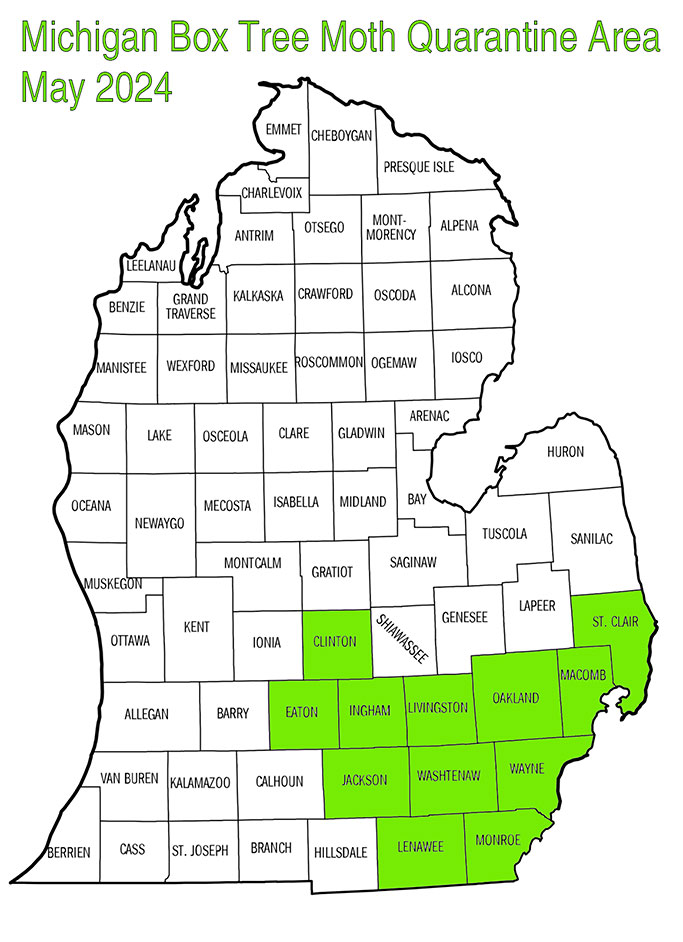
In April of 2023, the quarantine of all Boxwood (Buxus) only included Lenawee and Washtenaw counties with some portions of Monroe and Jackson. In July, it expanded to 10 counties; as of December 2023, 12 counties are included in the quarantine.
We are able to supply boxwood to all of the quarantine zone. If you are planting in one of these counties: Clinton, St. Clair, Eaton, Ingham, Livingston, Oakland, Macomb, Jackson, Washtenaw, Wayne, Lenawee, or Monroe, you can stop into the Plant Center and purchase your Boxwood from Christensen’s. All we need from contractors is the installation address. We take care of the rest of the compliance.
If you are planting outside the 12-county quarantine area, you can still purchase from us, but they will need to be direct-shipped and some restrictions may apply. Talk to your Christensen’s representative about your options.
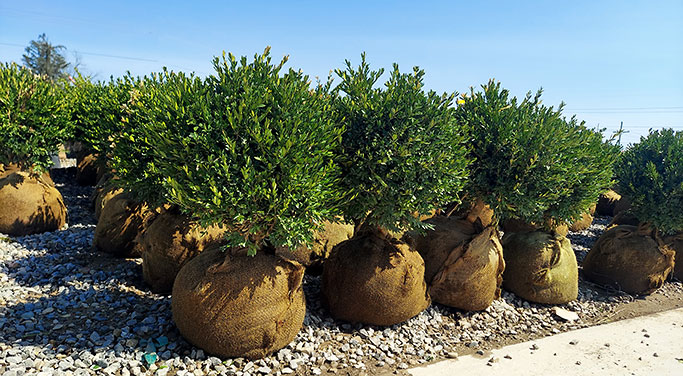
As a dedicated wholesaler of nursery stock catering exclusively to contractors, we know that the past year has been challenging for landscape professionals and business owners in our industry. The fluctuating zone has brought significant distortion to the market dynamics of this beloved shrub compelling many to seek boxwood alternatives. While we do not wish to see the box tree moth spreading, the larger quarantine area does allow the business of boxwoods to return to a normal pace.

We invite you to take advantage of the increased availability of boxwoods at Christensen’s. Our commitment to quality and compliance with state guidelines ensures that you receive healthy, robust plants for your landscaping projects.
For more information, Michigan State University has set up a website dedicated to the box tree moth. It includes articles and recommendations, along with contact information for experts on this subject.

